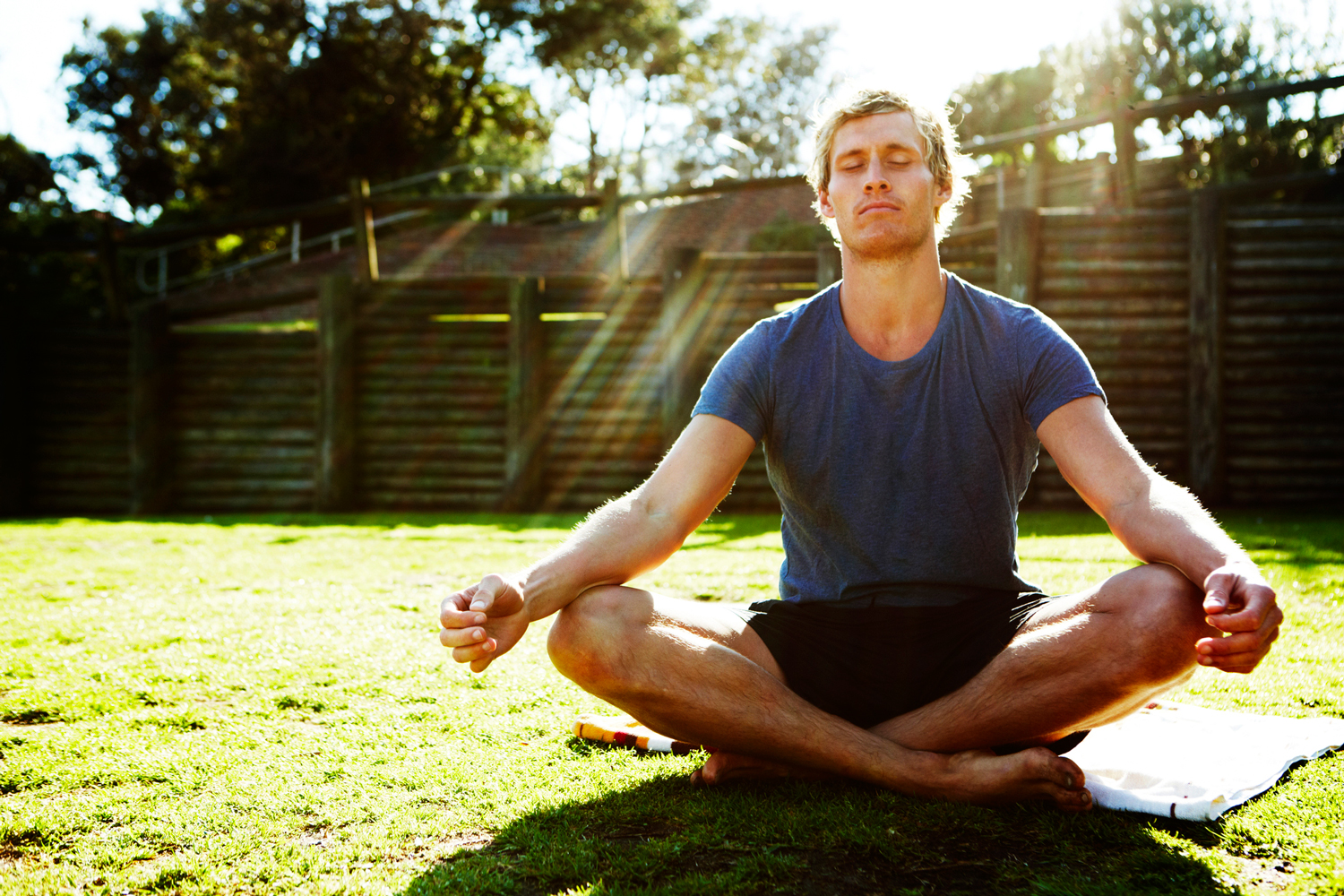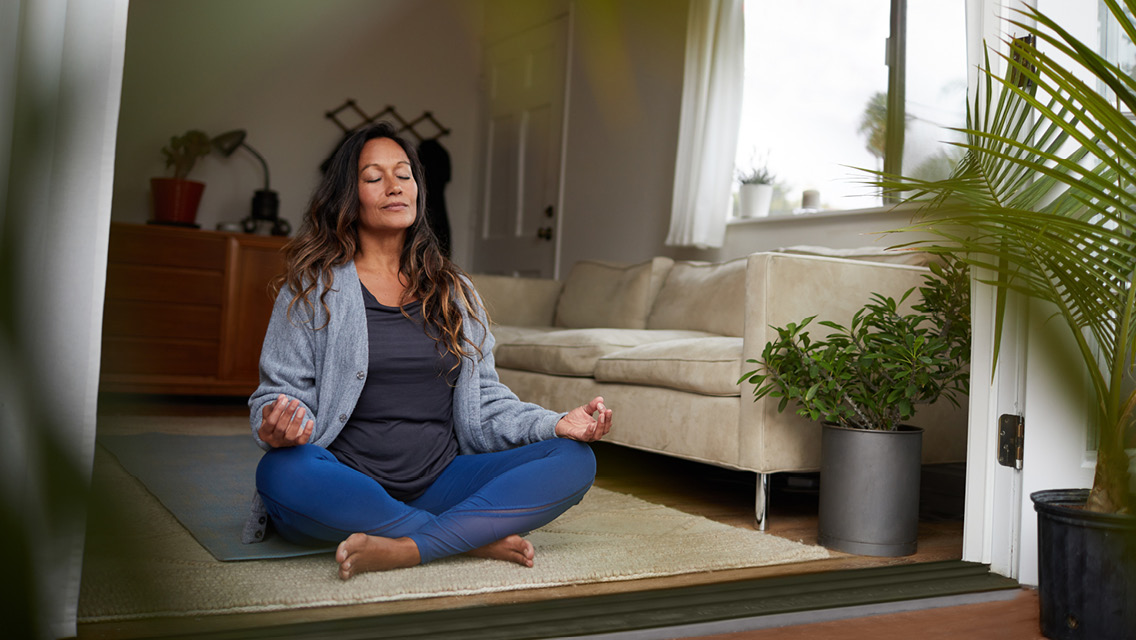How to Meditate? Tips for Creating Your Suitable Reflection Space
How to Meditate? Tips for Creating Your Suitable Reflection Space
Blog Article
Just How to Meditate: A Step-by-Step Strategy to Achieving Mindfulness and Tranquility
Reflection serves as an effective tool for achieving mindfulness and psychological calm in a busy globe. By understanding the essential principles and methods included in reflection, people can grow a method that enhances their total wellness.
Comprehending Meditation
Understanding meditation involves understanding its essential concepts and techniques, which act as the structure for the practice. At its core, reflection is a mental exercise intended at promoting leisure, building inner energy, and establishing empathy and insight. The practice motivates individuals to focus their interest, usually through techniques such as deep breathing, visualization, or concept repetition.
Reflection can be categorized right into various styles, consisting of mindfulness, transcendental, and loving-kindness meditation, each with distinct purposes and approaches. Mindfulness reflection highlights present-moment recognition and non-judgmental monitoring of thoughts and sensations, while copyright entails making use of particular mantras to go beyond ordinary mind. Loving-kindness meditation focuses on developing an attitude of love and empathy in the direction of oneself and others.
Despite the method employed, the key objective continues to be consistent: to grow a deeper understanding of the mind and its patterns. This self-awareness fosters emotional resilience, clearness of thought, and a profound sense of calm (How to meditate?). By understanding these concepts and strategies, people prepared for a successful meditation method that can dramatically improve their overall wellness
Preparing for Your Method
Before beginning your reflection method, it is vital to produce a setting conducive to focus and leisure. Select a peaceful room where you are unlikely to be interrupted. This can be a corner of an area, a yard, or any area that evokes a sense of tranquility. Ensure that the location is cost-free and clean of mess, as a clean environment can aid get rid of the mind.
Consider the illumination, as all-natural light can boost your mood and energy. Soft, cozy illumination is usually more soothing than harsh fluorescent lights. Furthermore, select a comfy temperature, ensuring that you are neither also hot neither as well chilly.
Including components that advertise tranquility can additionally improve your experience. This might include soft paddings or blankets for convenience, along with relaxing aromas from essential oils or scent. It can additionally be useful to have a timer set for your reflection session to avoid disturbances from clock-watching.
Fundamental Meditation Strategies
:max_bytes(150000):strip_icc()/meditating-woman-56a792a05f9b58b7d0ebce12.jpg)
An additional efficient strategy is body scan reflection. This involves mentally checking your body from head to toe, observing any kind of locations of stress or pain and knowingly kicking back those muscle mass. This technique fosters a deeper connection between your body and mind.

Finally, loving-kindness meditation focuses on cultivating empathy in the direction of on your own and others. Calmly repeat expressions of goodwill, enhancing emotional wellness and interconnectedness. Each of these strategies works as a structure for your meditation journey, enabling you to locate the method that reverberates best with your personal technique.
Keeping Focus and Mindfulness

Establishing a dedicated reflection area can boost the ability to keep mindfulness. A silent, minimalist atmosphere lessens disturbances, enabling much deeper immersion in the method. Furthermore, establishing a time restriction can help take care of assumptions; beginning with shorter sessions may ease the change into longer practices.
Using strategies such as body scanning or observing experiences can additionally reinforce mindfulness. These approaches urge specialists to remain existing and engaged with their physicality, securing their focus in the moment. Regular practice is vital; the mind constructs strength gradually, producing a more powerful ability for emphasis.
Incorporating Meditation Into Life
Including meditation right into every day life can transform routine tasks right into opportunities for mindfulness and self-reflection. By incorporating mindfulness methods into common jobs, people can cultivate a greater sense of existence and peace among the busyness of daily life.
Begin by recognizing minutes throughout your day where you can exercise and pause mindfulness. As an example, discover here throughout your early morning commute, concentrate on your breath or the feelings of the atmosphere around you. In the cooking area, strategy cooking as a meditative technique, enjoying the textures, shades, and aromas of Visit This Link the components. Even mundane activities like strolling or cleaning meals can come to be opportunities for reflection by directing your interest to the feelings of activity and the sounds bordering you.
Additionally, setting apart committed times for meditation can reinforce its practice. Begin with short sessions, progressively increasing duration as you come to be extra comfortable. Use suggestions or hints-- like a details time of day or a soothing audio-- to develop consistency.
Inevitably, the goal is to weave mindfulness into the textile of life, enabling you to come close to each minute with intent, consequently enhancing your total feeling of well-being and quality.
Conclusion
In conclusion, effective reflection needs a peaceful setting, a comfy placement, and an emphasis on the breath. Normal meditation, also in short sessions, cultivates a deeper link to the present minute, ultimately leading to higher tranquility and psychological quality in day-to-day life.
Reflection can be categorized into different styles, consisting of mindfulness, transcendental, and loving-kindness meditation, each with distinct objectives and methodologies. Mindfulness reflection stresses present-moment recognition and non-judgmental monitoring of thoughts and sensations, while transcendental reflection entails the use of specific rules to go beyond ordinary thought processes.With your reflection space prepared, it's time to discover numerous fundamental reflection techniques that can aid grow mindfulness and internal peace.Consistently preserving focus and mindfulness throughout meditation can be challenging, check out here especially for those new to the method.Establishing a committed meditation space can enhance the ability to maintain mindfulness.
Report this page